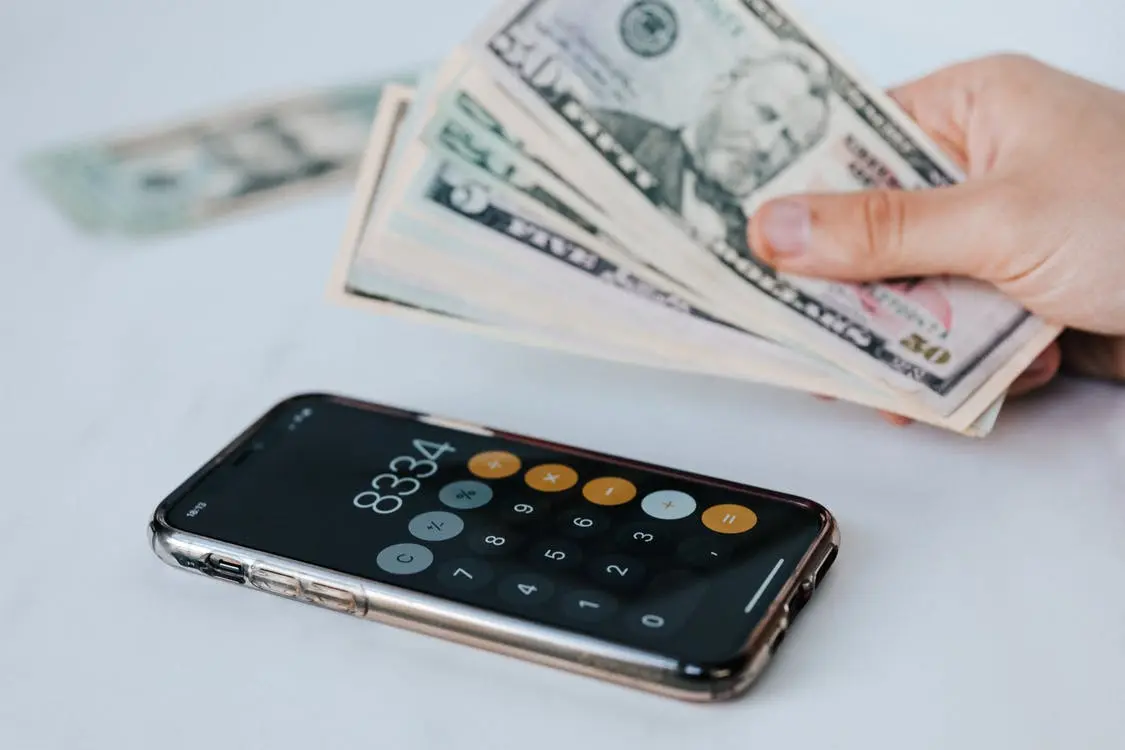In today’s digital age, smartphones have become indispensable in our daily routines, from booking cabs and ordering food to watching movies and connecting with friends. Yet, many developers and businesses wonder: how to earn money from free smartphone app when users can download them at zero cost? Here are some of the most popular strategies to monetize a free user application.
Table of Contents:
Advertising: The Best Way to Monetize Your User App
Referral Marketing: Another Way to Monetize Your App
Subscription Model: A Widely Used Monetization Method
In-App Purchases
Sponsorships and Partnerships
Final Thoughts: Work with Experts in Android App Development
Fresh Insights for Maximizing Revenue

Advertising: The Best Way to Monetize Your User App
Advertising remains a leading revenue channel for free apps. By embedding commercials, you can earn money per click, display, or impression:
Types of Ads:
- Banner Ads: Small, persistent banners placed at the top or bottom of the screen.
- Interstitial Ads: Full-screen ads displayed during natural breaks (e.g., after a game level).
- Rewarded Video Ads: Let users watch a short video to earn in-app rewards (useful in gaming apps).
- Native Ads: Seamlessly integrated into your app’s layout for a less intrusive user experience.
While about 70% of smartphone applications have some form of advertising, a user-first approach is crucial. Ads should be appropriately placed, not disrupting user flow or causing annoyance.
Referral Marketing: Another Way to Monetize Your App
Referral marketing is a neat alternative to ads, letting you earn revenue by promoting external products or services within your app. You might:
- Display Affiliate Content: Insert informal banners for partner services or related apps.
- Drive Installs or Sign-ups: Get rewarded for each successful install, download, or click-through.
This strategy works best if the products you promote align well with your app’s user base, ensuring higher engagement and more conversions.
Subscription Model: A Widely Used Monetization Method
Subscription-based models have grown popular among music streaming, video hosting, or cloud storage apps. You can offer:
- Weekly, Bi-weekly, or Monthly Plans: Provide users with premium content or features (e.g., Spotify’s premium playlists, extra cloud space on Google Drive).
- Freemium Approach: Basic functionality is free, while exclusive, advanced features require a paid subscription.
This model steadily generates recurring revenue and often appeals to users willing to pay for continued, high-value services.
In-App Purchases
Even if your base app is free, in-app purchases can unlock premium features, digital goods, or additional content. Examples include:
- Extra Lives or Power-Ups in Games
- Advanced Editing Tools in Photo/Video Apps
- E-books or Exclusive Articles in a Reading App
Keep prices moderate to encourage small, repeat buys without discouraging users. Coupling in-app purchases with occasional special promotions or “bundles” can spur impulse buys and boost your revenue stream.
Sponsorships and Partnerships
As your app’s user base expands, consider forging sponsorships with brands that share your target demographic. Possible structures include:
- Sponsored Content or Brand Placements: Mention or highlight a sponsor in your loading screens or main menu.
- Co-Branded Campaigns: Launch in-app events or challenges designed alongside sponsor products.
Successful sponsorship deals yield a win-win: your sponsor gains exposure, while your free app secures steady funding.
Final Thoughts: Work with Experts in Android App Development
Regardless of the monetization method you choose, it’s crucial to develop a robust, user-focused app. Collaborating with an experienced Android app development company helps ensure:
- Seamless Integration of Ads or Payment Systems
- Optimal User Experience
- Cutting-Edge Strategies to keep your app competitive in a saturated market.
Fresh Insights for Maximizing Revenue
1- Understand Your User Base:
Use analytics tools (e.g., Google Firebase, App Annie) to gauge user behavior, popular features, and churn patterns. Tailor your monetization approach to what resonates most with your audience.
2- Optimize Ad Placement:
- Choose natural breakpoints (level completion, video end) for interstitial ads.
- Leverage native ads for a less disruptive user journey.
- Regularly A/B test different ad networks and formats to find the best performance balance.
3- Optimize Ad Placement:
- Start with one monetization model, then iteratively introduce new features or revenue streams.
- Track key metrics like Average Revenue Per User (ARPU) and retention to refine your approach.
4- Stay Updated on Trends:
- Explore short-form video ads, as many users are increasingly comfortable with TikTok-style visuals.
- Keep an eye on emerging technologies (e.g., AI personalization) to enhance user experience and differentiate your app in a crowded marketplace.
By blending these monetization strategies with consistent app improvements, you’ll be well on your way to a thriving, profitable free app.